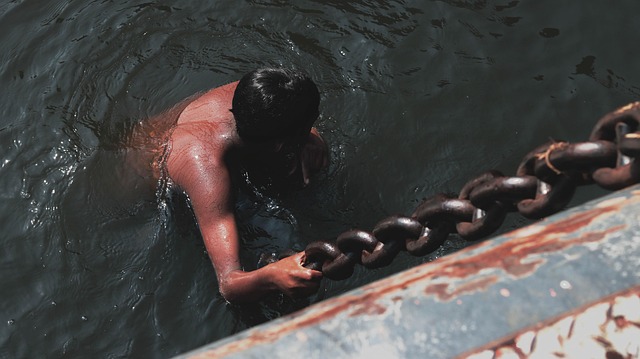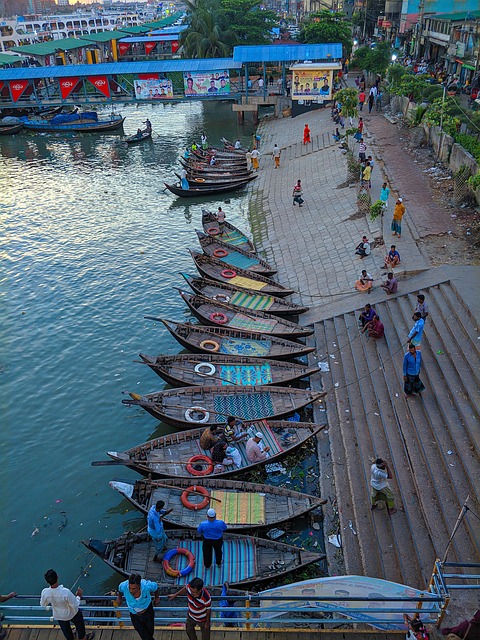Rural Pakistan and Bangladesh exhibit contrasting social dynamics shaped by traditional family structures and geographic disparities. While Pakistan has a strong patriarchal system with communal living, Bangladesh shows more fluid gender roles with increased female education and employment. Community engagement is key in both nations, with Pakistan relying on village-level organizations and Bangladesh adopting modern digital platforms for youth participation. Healthcare accessibility differs significantly, with Bangladesh outperforming Pakistan. Despite these differences, both countries value collective action and share a commitment to strengthening local bonds. Historical traditions influence daily life similarly yet distinctly, with Pakistan's industrialization leading to urbanization and Bangladesh retaining closer ties to tradition despite rapid development.
In exploring the social fabric of South Asia, a striking contrast unfolds between rural Pakistan and Bangladesh. This article delves into the intricate differences in their social structures and customs, focusing on family dynamics, community engagement, and traditional practices. While both nations share historical ties, their interpretations of gender roles and cultural norms vary significantly. By comparing these two countries, we uncover unique societal landscapes, highlighting the diverse paths of rural development in pakistan vs. bangladesh.
- Family Dynamics and Gender Roles: A Comparison
- Community Engagement and Social Cohesion
- Traditional Customs and Modern Influences
Family Dynamics and Gender Roles: A Comparison

In rural Pakistan and Bangladesh, family dynamics are deeply rooted in traditional values, but there are notable contrasts between the two countries. In Pakistan, extended families often live together or in close proximity, emphasizing communal living and shared responsibilities. This pakistan vs bangladesh comparison reveals a stronger patriarchal system where men are typically the primary breadwinners, while women are largely confined to domestic roles. Gender roles are more fluid in Bangladesh, with women increasingly participating in education and the workforce, contributing significantly to household income.
The geography of these nations plays a role in shaping social structures; dense populations in Pakistan’s urban centers contrast with Bangladesh’s vast rural landscapes. Tourism attractions like historical sites and vibrant markets reflect cultural differences, showcasing Pakistan’s diverse heritage while Bangladesh boasts lush landscapes and a unique blend of traditional customs. As per the human development index ranking, both countries strive for progress, but their approaches to gender equality and social dynamics vary, leaving distinct imprints on daily life and community interactions.
Community Engagement and Social Cohesion

In rural Pakistan and Bangladesh, community engagement plays a pivotal role in shaping social cohesion. Both countries value collective action and mutual support within their communities, fostering strong social bonds. However, there are notable differences in the expression of this cohesiveness. In Pakistan, village-level organizations often serve as the primary platform for community involvement, facilitating local decision-making and addressing social issues. These structures leverage traditional norms and values, emphasizing family and clan connections. Conversely, Bangladesh’s rural communities have witnessed a surge in modern media freedom comparison, with digital platforms enhancing communication and mobilization. This shift has led to more diverse forms of social engagement, where youth actively participate in online discussions about local affairs.
The international relations dynamics between Pakistan and Bangladesh further influence their respective social structures. Historical tensions and geopolitical factors have shaped the way communities interact across borders. In terms of healthcare accessibility, rural areas in both nations face challenges but differ significantly in access to resources. Bangladesh has made notable strides in improving healthcare infrastructure, leading to better accessibility for its rural population. In contrast, Pakistan continues to grapple with disparities, where remote villages often lack adequate medical facilities. Despite these differences, the strength of community engagement remains a common thread, as both nations strive to navigate and resolve their unique social issues, with a focus on strengthening local bonds and collective resilience. Find us at social issues in pakistan and bangladesh for more insights into these fascinating comparatives.
Traditional Customs and Modern Influences

In rural Pakistan and Bangladesh, traditional customs deeply rooted in history continue to play a significant role in daily life. Despite geographical proximity, these traditions exhibit both similarities and stark differences due to unique cultural evolutions. While customs like wedding rituals and festivals remain vibrant and similar across borders, modern influences have gradually introduced shifts. In Pakistan, industrial growth has brought about changes in social dynamics, with urbanization leading to new economic opportunities. Bangladesh, too, has witnessed rapid industrialization, yet its societal structure remains more closely tied to traditional customs due to historical factors.
The concept of civil society engagement varies significantly between the two nations. In rural Pakistan, communities are often more hierarchical and conservative, with strong tribal bonds. However, as industrial growth takes root, social security systems find us in these areas, fostering modernization while preserving cultural heritage. Bangladesh’s civil society, on the other hand, has been historically more politically active, with a strong emphasis on democratic engagement. This contrast highlights the diverse paths of development and societal evolution between rural Pakistan and Bangladesh, shaping their unique customs and structures.
In comparing the social structures and customs of rural Pakistan and Bangladesh, we find both similarities and striking differences. While traditional values deeply root both nations’ communities, Bangladesh has experienced notable advancements in gender equality and modernization, evident in its urban centers. In contrast, Pakistan’s rural areas showcase stronger adherence to conventional gender roles and customs. Despite these variations, the power of community engagement and social cohesion transcends borders, fostering a sense of belonging and mutual support among rural residents in both countries. This comparison highlights the unique cultural landscapes of pakistan vs. bangladesh, emphasizing the importance of understanding local dynamics for effective development strategies.
